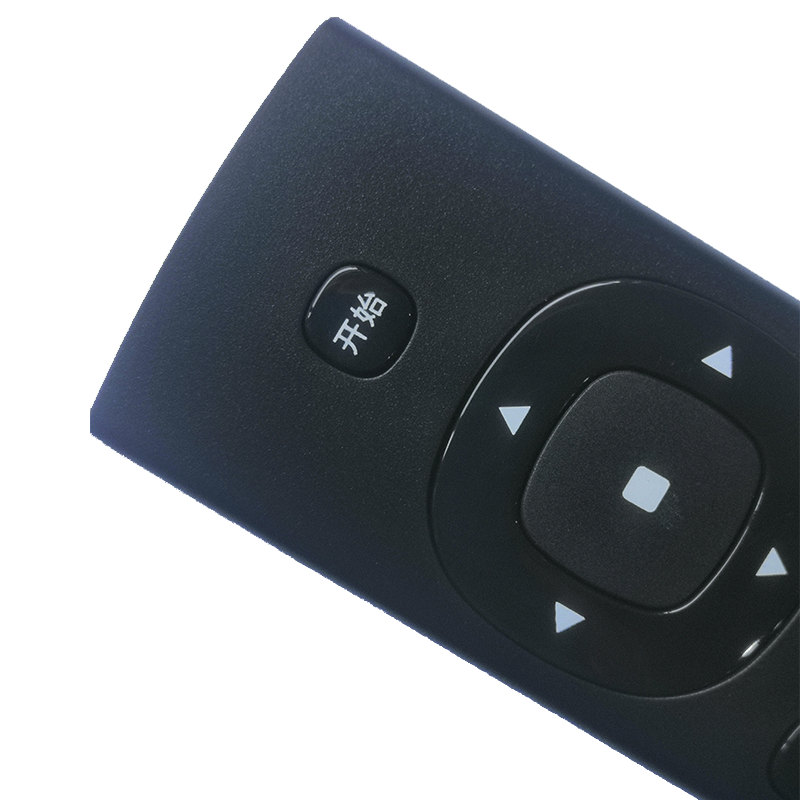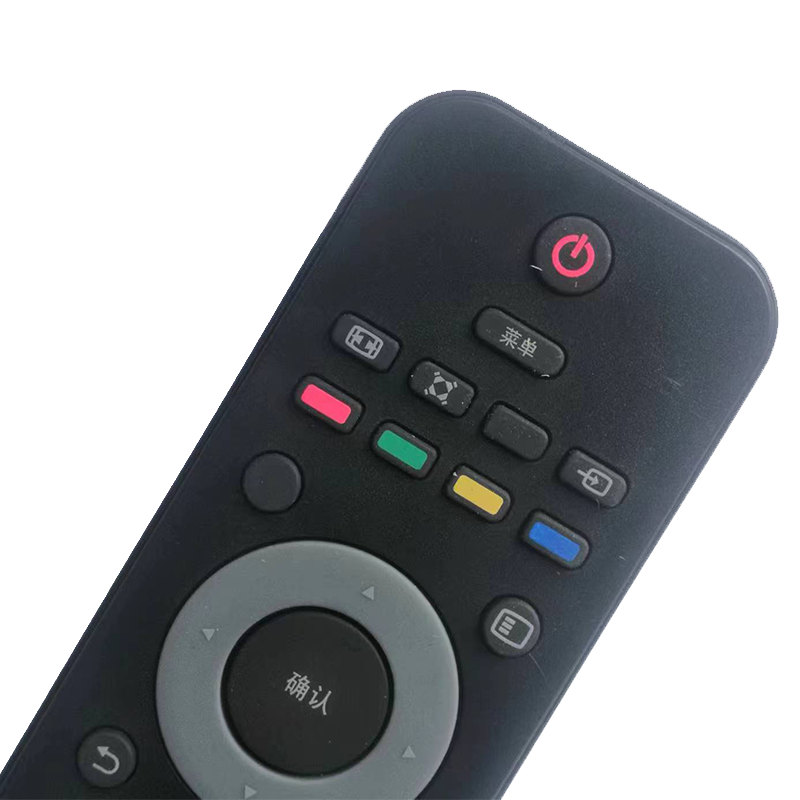Hisense TVs sit on store shelves beside models from some of the most established and admired TV manufacturers. It makes OLED, QLED and LCD TVs, so all bases are covered, and they are some of the cheapest money can buy.
Televisions that cost less than the popular competition have made Hisense the fifth most popular TV brand in the UK. But low prices will only get you so far and, in previous years, Hisense's seat at the table has been more like the folding chair you drag out of the spare room when you have guests than the padded luxury enjoyed by some of its rivals. Urc Home Automation

For Hisense to bump LG TVs , Panasonic TVs , Samsung TVs or Sony TVs out of the four top-selling brands, it needs high-scoring models in our tough lab tests.
We haven't tested any of Hisense's 2023 TVs yet, which have a focus on Mini LED displays, but we will update this article when we do. Hopefully Hisense can continue to close the gap between it and its rivals.
We test and review hundreds of TVs each year. Head to our expert TV reviews to see which models come out on top and which is the right one for you
Hisense TVs have all the tech they need to succeed, but top-tier features doesn't always add up to a top TV. A brand needs the know-how and skill to make the most of them.
Generally, TV brands stick with two main display types, with a few subsets we won't get into:
Hisense, along with Samsung, is hedging its bets by launching TVs with all three main displays:
Hisense's most high-end TVs have OLED displays - this is where each pixel in the display creates its own light. It tends to mean better contrast and motion control.
Its QLEDs aren't quite as high-end and have quantum dot displays. These are the same as LCD in most ways, but have an extra layer of quantum dots to create more vivid colours.
LCD models make up the bulk of each brand's ranges and Hisense is no different. They have a backlight shining onto a layer of liquid crystals to make the picture.
You learn more about the differences between all these formats in TV screen technology explained .
There are five formats at the moment: HDR10, HLG, HDR10+, Dolby Vision and Dolby Vision IQ.
High-end Hisense TVs support HDR10, HLG and Dolby Vision, while its top-of-the-range OLED sets have HDR10+ and Dolby Vision IQ too. This puts them right in the mix with the household name TV brands.
See more about how these formats differ in what is HDR TV .
Sound is always difficult to quantify by looking at specs alone. There aren't many features that are common across brands other than Dolby Atmos.
Atmos is designed to send sound over your head, or at least simulate it. Since most TVs don't have speakers pointed upwards this effect tends to be negligible.
Still, Atmos is something manufacturers make a big deal over and it is present in Hisense's more high-end models.
Otherwise it's hard to say how Hisense TVs compare for sound technology - you really need to hear the speakers to see how they square up.
We use a panel of experts and listen to a variety of scenes to put the speakers through their paces. We listen for balance of tones and stereo separation. Many manufacturers reckon their TVs can create surround sound, so we listen for that, too.
All Hisense TVs have app stores where you can download the popular ones you'd expect to see, such as BBC iPlayer, Netflix and YouTube. Most have microphones in the remote so you can control aspects of the TV with your voice through Alexa or Google Assistant.
When it comes to gaming, it's the high-end models where you'll get the best array of features. It's the same with the other brands and you always need to pay top prices for 120Hz displays, variable refresh rate (VRR), and graphics technology FreeSync or G-Sync.
Hisense keeps the pace here, too:
Read more about these features in our TV gaming guide .
Hisense's main selling point is the price of its TVs. They tend to be several hundred pounds cheaper than rival TVs and, as we've seen, they have roughly the same suite of features.
If we look at the average launch prices for 4K sets across five key TV brands, you can see just how much less you pay for a Hisense. Since some brands don't launch anything bigger than 65 inches, we haven't gone above this size.
No brand comes close to Hisense's average price.
Definitely know you want a Hisense TV? See our Hisense TV reviews .
First off it's worth saying that not all of them are. Some Hisense TVs - its OLEDs in particular - cost more than £1,000, which isn't cheap by any means. But compare them with similar-spec models from LG or Panasonic and they still cost hundreds of pounds less.
It's the mid-range sets where you see the major differences. Very few Hisense TVs, even the 65-inch models, top £1,000. You can expect to pay between £400 and £500 for the models people most often buy (43 to 50-inch TVs).
These are launch prices, too. As the months roll on, the prices drop as they do with TVs from all brands. So as the costs fall on LG and Samsung sets, they do with Hisense's, too.
Which begs the question: how is Hisense doing it?
Any or all of these possibilities could be true, we'll never know for sure. What we do know is, as the saying goes, it all shakes out in the wash, or, in this case, our tests.
We test almost every TV made by Hisense, LG, Panasonic, Samsung and Sony every year. Here's how the average scores of their 2022 releases compare.
Hisense's prices are lower and its average score is lower, but averages don't always tell the whole story.
LG is the best brand on average, which is true in many cases, but there are some stinkers in its huge lineup.
With Hisense, it's the other way round. Typically its TVs struggle, but there are some diamonds in the rough. When costs are so low, it's worth searching for that one good model that's comparable to more well-known brands, but undercuts them by hundreds of pounds.
It's a projector really and not just any projector, the Laser TV is an ultra-short throw projector. This means it can sit almost flat against the wall you're using to display the picture on. This is different to traditional projectors which work like ones in cinemas. They need to sit further back and point directly at the wall.
We don't test Laser TVs, or any projector, but these can be a good idea if you want a huge display, since they tend to be cheaper than 85-inch or bigger TVs. The 100-inch Laser TV costs around £2,500, while a similarly sized traditional TV can cost four times that.
Laser TVs also come with a screen that the projector beams onto and this will need to be wallmounted. It even has built-in speakers, which is unusual for a projector screen.
You can't walk into a shop, point at a TV and guarantee it will be good regardless of the brand name embossed on the bezel.
Sure, with some brands you're more likely to get a good TV this way, but it's never something you can guarantee. With any brand you need to do your research, look at reviews and find the TVs that's right for you.
The lower average score of Hisense TVs just means your pool of models worth buying is smaller, but that doesn't mean there are none worth your money.
To make sure you're choosing a good one, make sure you check our expert TV reviews before you buy.
For more information on choosing the right TV, how much you should spend and which features to look out for, see the best TVs

Voice Tv Remote Chat to a live agent or send us a message